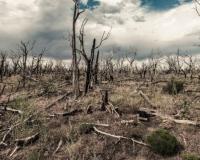
Vibrant Environment
Land Use And Natural Resources
All | Biodiversity | Climate Change and Sustainability | Environmental Justice | Governance and Rule of Law | Land Use and Natural Resources | Oceans and Coasts | Pollution Control

By Karishma Goswami
Today marks the 23rd observance of the International Day for Preventing the Exploitation of the Environment in War and Armed Conflict. Designated in 2001 by the UN General Assembly, environmental damage remains a pressing issue in conflicts around the world from Ukraine to Sudan to Gaza.

Ecosystem services research has traditionally emphasized the essential role of healthy ecosystems in supporting human well-being by showcasing the critical benefits they provide, such as clean air and fertile soil. While this research has been important to communicating these benefits and even creating market-based solutions to sustain them, it often neglects a key element: the social dimensions of equity, justice, and resource distribution.

With violent conflict on the rise around the world, the contexts in which international institutions—including the World Bank, United Nations Development Program (UNDP), Food and Agriculture Organization (FAO), and the Global Environmental Facility (GEF)—support environmental and development interventions are increasingly characterized by fragility, conflict, and violence (FCV).
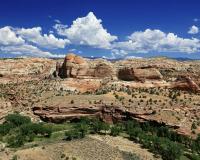
On April 3, 2023, the Department of Interior’s Bureau of Land Management (BLM) proposed regulations that would update how the agency approaches public land management “by prioritizing the health and resilience of ecosystems across those lands.” The updates are important, and have the potential for significant impact, because BLM manages nearly 10% of the United States, or almost 250 million acres.
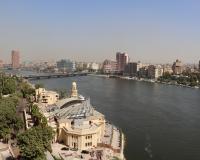
One of the first civilizations to arise after humankind left Africa was in a nearby region that is in present-day Iraq and parts of neighboring countries stretching to the Mediterranean Sea. It has been dubbed by chroniclers Mesopotamia, Greek for “the land between two rivers.” The Tigris and Euphrates valley was the setting for the biblical Garden of Eden and is aptly named the Fertile Crescent in history books today.

Alicia Mozian, recipient of the 2017 National Wetlands Community Leader Award, retired in October after 35 years of dedication to environmental sustainability in Connecticut. Mozian served over two decades as the Conservation Department Director of Westport, overseeing most aspects of Westport’s environment.

Clean energy technologies require a variety of minerals of varying degrees of scarcity. As a result, decarbonizing the economy will entail expansion of mineral production—not only through imaginative reuse and recycling, but also through new mines and the permits required to build those mines. Some have called for a loosening of environmental standards to address this growing need.
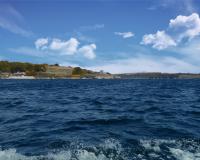
Natural resource management can be complicated and filled with uncertainty, especially over longer time scales and across large, varied landscapes. It makes sense—natural systems are highly interconnected and complex, a fact that the ecological sciences have recognized for decades. But natural systems don’t always align with legal systems.
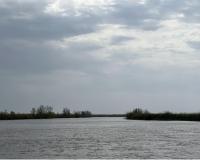
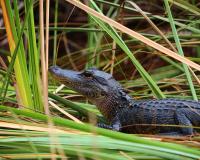
In February 2022, the Biden Administration committed to spending over $1 billion on Everglades restoration efforts. Just this past month, the Administration proposed another nearly half billion. Why is there suddenly so much political pressure to save the Everglades? The truth is, this pressure is not new.